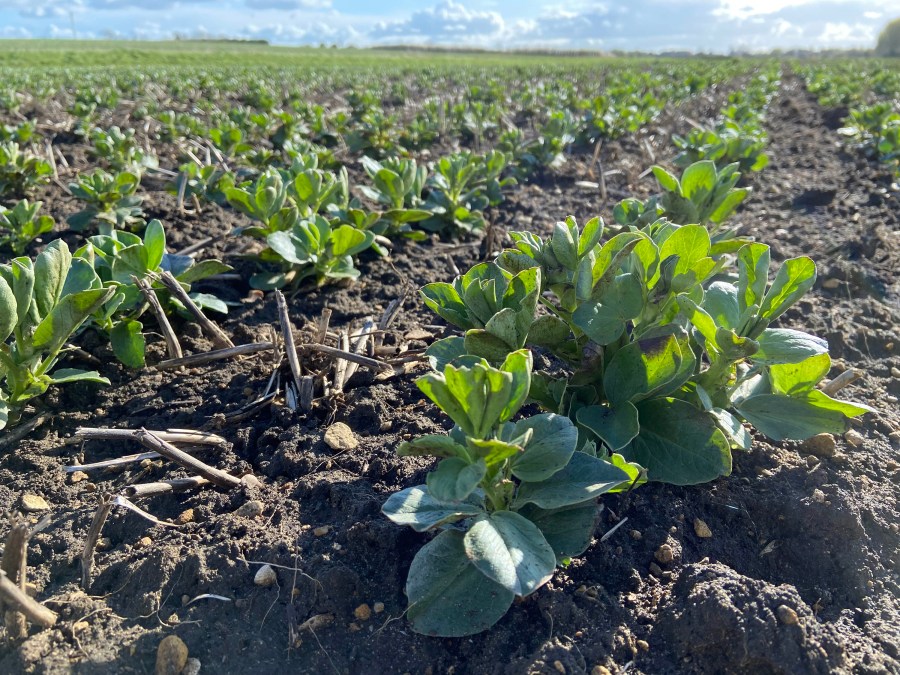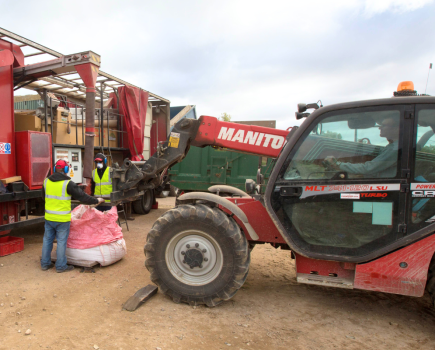A cool, wet March means an increased risk of chocolate spot on established beans this season, in addition to the threat of downy mildew on new leaf growth and later emerging spring beans.
According to Syngenta’s Simon Jackson, recent conditions have prevented early spring recovery following harsh winter frosts, increasing the risk of disease.
“Rain splash has spread chocolate spot spores from existing lesions on lower leaves, onto new growth. PGRO disease reports have highlighted high levels of chocolate spot in some crops, along with cercospora,” he says.
Fungicide strategy
“The sequence of Amistar (azoxystrobin) and Elatus Era (benzovindiflupyr+ prothioconazole) has proven to be highly effective as a fungicide strategy for both chocolate spot and rust control in beans. The decision for growers and agronomists this season will be to assess in which order to apply,” he adds.
Simon advises that where chocolate spot is already present in the crop and conditions continue to encourage the disease, it’s advisable to start the programme with Amistar at first flowering (GS60).
“This will be particularly beneficial as temperatures start to warm up and soil moisture levels aren’t limiting growth.”
Stressed crops
Field assessments indicate that crops looking particularly stressed may benefit from supplementary trace elements, principally manganese and magnesium, along with zinc. Results of last year’s ADAS YEN bean crops showed that although no direct correlation, the better performing crops had received foliar trace elements.
Simon believes that rapid compensatory growth in warmer conditions means crops will be quick to build big canopies. However, this makes them more susceptible to chocolate spot as the season progresses.
Key treatment timings
“The key timing for Elatus Era is likely to be around early to mid-May for optimum disease control,” he says. “That leaves the option for a final Amistar plus tebuconazole treatment towards the end of May or early June to further protect from rust infection.”
According to Simon, slow progress for spring bean crops requires a focus on providing adequate nutrition to increase plant stand and prolong growth for as long as possible, along with disease control for green leaf retention.
“Depending on disease pressure, most spring crops still benefit from a two-spray foliar disease programme. That’s likely to be an Amistar treatment in early June, followed by Elatus Era in early July when the crops have built a full canopy.”
Downy mildew
PGRO has reported that recent weather conditions could also result in increased downy mildew infections. The disease is typically an issue on emerging spring beans, but is also prevalent on the new growth of winter beans in similar high risk conditions.
An EAMU 20130917 is available for SL567A (metalaxyl-M), to control downy mildew infection on emerging leaves in field bean crops.




